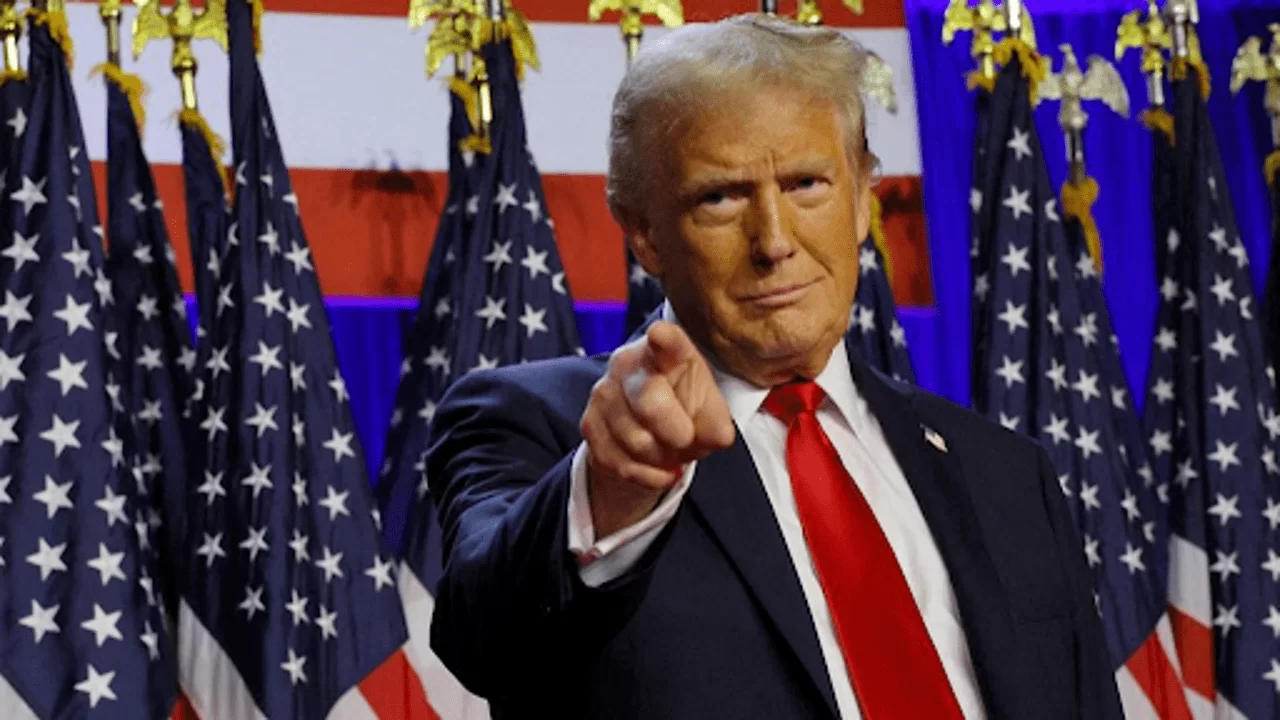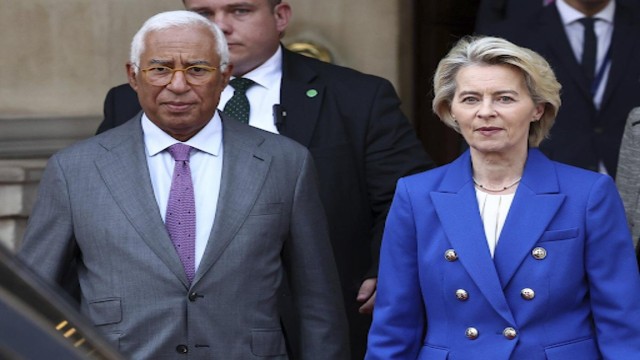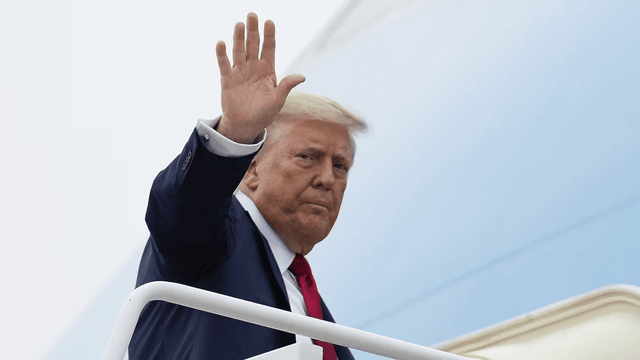
Trump also had a lead of roughly 5 million votes over Harris in the popular vote. BBC
In a stunning political turn, Donald Trump has made an unexpected return to the White House, securing the presidency for a second term after a fierce campaign. Four years after being ousted from office, Trump regained the American leadership, setting the stage for a new chapter in U.S. politics that is expected to challenge democratic norms and global relations.
The 78-year-old former president clinched victory after crossing the critical 270 Electoral College votes threshold, with his triumph in the key swing state of Wisconsin sealing his comeback. By early Wednesday, Trump had 279 electoral votes, while his opponent, Vice President Kamala Harris, had 223, with several states still awaiting final counts. Trump’s win was also marked by a substantial lead in the popular vote, where he outpaced Harris by nearly 5 million votes.
Trump’s speech to a jubilant crowd in Palm Beach, Florida, reflected his confident return to power. "America has given us an unprecedented and powerful mandate," he told the supporters. However, Harris did not immediately address her supporters at Howard University, where she had been expected to speak. Instead, her campaign co-chair, Cedric Richmond, informed the crowd that the results were still pending.
The political landscape shifted significantly with the Republican Party also regaining control of the U.S. Senate, although the balance of power in the House of Representatives remained uncertain as both parties fought for dominance.
Despite the political turbulence surrounding Trump’s first term, which included his impeachment and multiple legal battles, including criminal charges, he emerged victorious. His comeback came as many voters voiced concerns about the economy, particularly high inflation, and the impact of illegal immigration. Trump capitalized on these issues, promising to address inflation and crime, which he linked to a surge in illegal immigration—claims he made without substantiated evidence.
Trump’s victory also sparked financial markets to rally, with major stock indices climbing, and the U.S. dollar seeing its most significant surge since 2020. While Democrats found themselves reeling from the defeat, Trump’s strong showing among traditionally Democratic voters, particularly Hispanics and lower-income households affected by inflation, proved critical to his success. His base of rural, white, non-college-educated voters remained loyal, ensuring his path to the presidency.
However, his win does not come without significant concerns. Trump’s second term is expected to bring about major shifts in U.S. policies, particularly on trade, climate change, taxes, and immigration. His pledge to reinstate mass deportation programs and his desire to increase tariffs, particularly with China, have raised alarms. Economists worry that his tax cuts could increase U.S. debt, while his approach to immigration could strain international relations.
Trump’s critics, including his Democratic opponents, fear that he may undermine the independence of federal law enforcement agencies, turning them into tools for political retaliation. The prospect of further polarization in American society is high, with issues like race, gender, and reproductive rights at the forefront of debate.
In the face of all the legal controversies and challenges, Trump’s win highlights a deeply divided America, where nearly three-quarters of voters believe democracy itself is under threat. His campaign was built on sharp rhetoric and divisive language, with frequent attacks on immigrants, political opponents, and even the media. Despite everything, he now stands on the precipice of a second term, which promises to be just as contentious as his first.
Vice President Harris, despite her efforts to warn Americans about Trump’s potential threat to democracy, fell short in galvanizing enough support. Trump's second term, once the results are confirmed in January 2025, will undoubtedly reshape the nation's political landscape and increase the friction between the Democratic and Republican parties.















